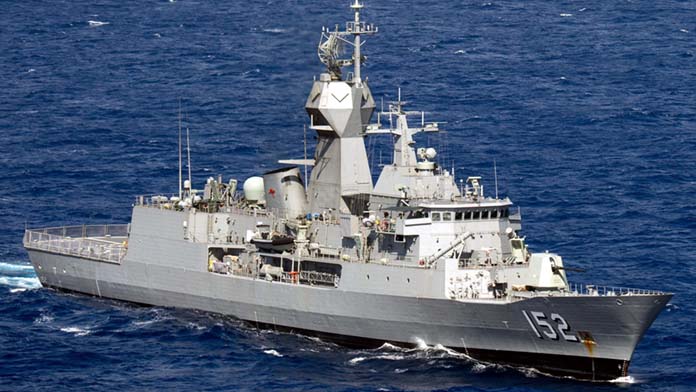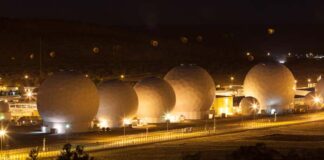In late February, the war-hawk Minister for Defence, Richard Marles, announced Labor would spend an extra $11.1 billion to double the number of Navy surface ships, taking total naval spending in the next decade to an eye-wateringly obscene $54.2 billion.
This come on top of the $368 billion for nuclear submarines, and billions more for new missiles, infantry fighting vehicles and armed “ghost bat” drones.
This is money that could be used to fund desperately needed cost of living relief, liveable JobSeeker payments, schools, universities and climate action. But instead the Albanese government is determined to pour money into the military.
Now Labor is driving up Defence spending to 2.4 per cent of GDP by the early 2030s, close to $70 billion a year.
Marles even had a shot at previous Liberal governments, trying to prove Labor’s war-mongering credentials, saying, “the trajectory of [Defence spending] under the previous government was 2.1 per cent.”
This was already an increase from 1.56 per cent of GDP in 2013.
While discounting any “imminent threat”, Marles was happy to name China as the target of this increased spending, declaring, “We are seeing China engage in the single biggest conventional military build-up since the end of the Second World War.”
In response Marles’ Ministerial media release unashamedly boasted that Australia’s naval build-up was “a blueprint for a larger and more lethal surface combatant fleet”.
Marles’ spending on aggressive naval power demonstrates Australia’s independent foreign policy at work.
He justified the massive spending as necessary to secure “sea lanes” arguing, “Australia’s modern society and economy rely on access to the high seas: trade routes for our imports and exports, and the submarine cables for the data which enables our connection to the international economy.”
In other words, controlling the “sea approaches” to Australia and aggressive sub-imperialism in the southwest Pacific is designed to secure the profits of Australia’s rich and powerful.
Australia’s military spending, while set to reach similar levels to Britain’s 2.6 per cent of GDP and South Korea’s 2.5 per cent, is still far less than the superpower US’s 4.7 per cent—in a far larger economy.
This is why Australia allies itself to the US and wants to lock the US into securing the Asia-Pacific.
This means Marles and Labor are happy to finance an arms race with China, requiring cuts to social spending at home to pay for it. We have to stop them.
By Tom Orsag





